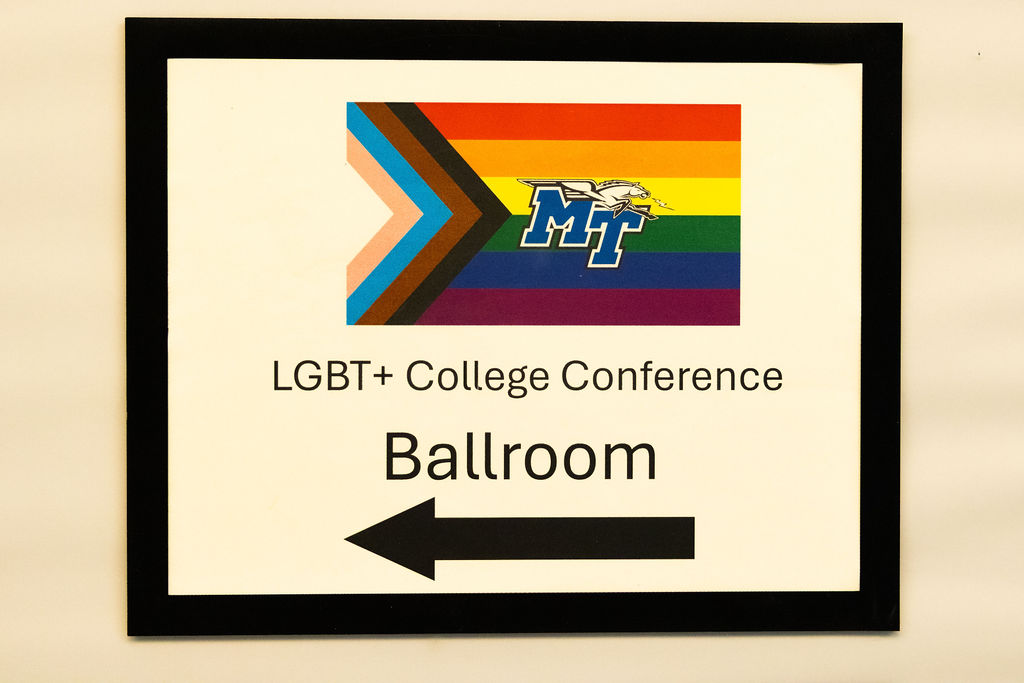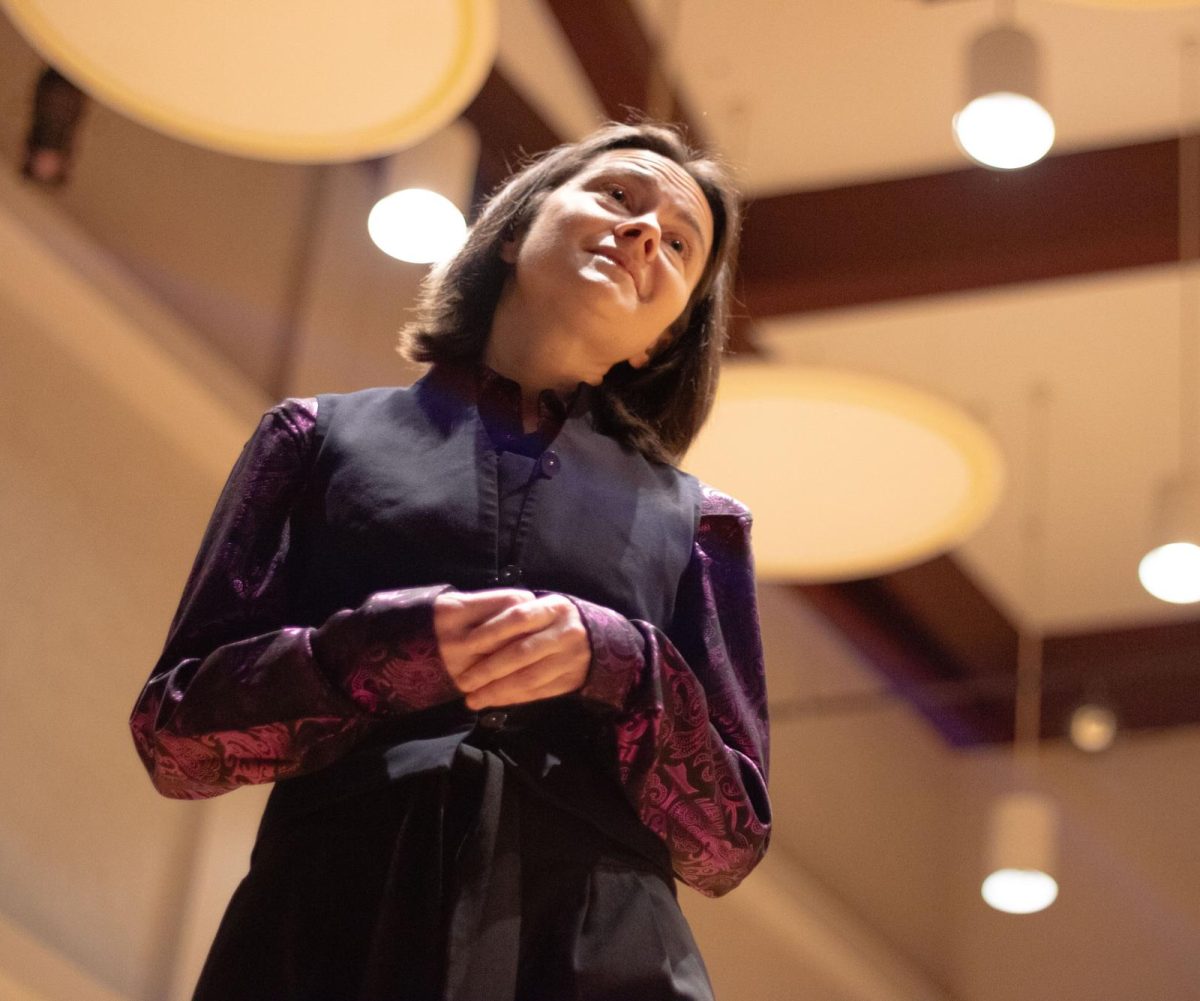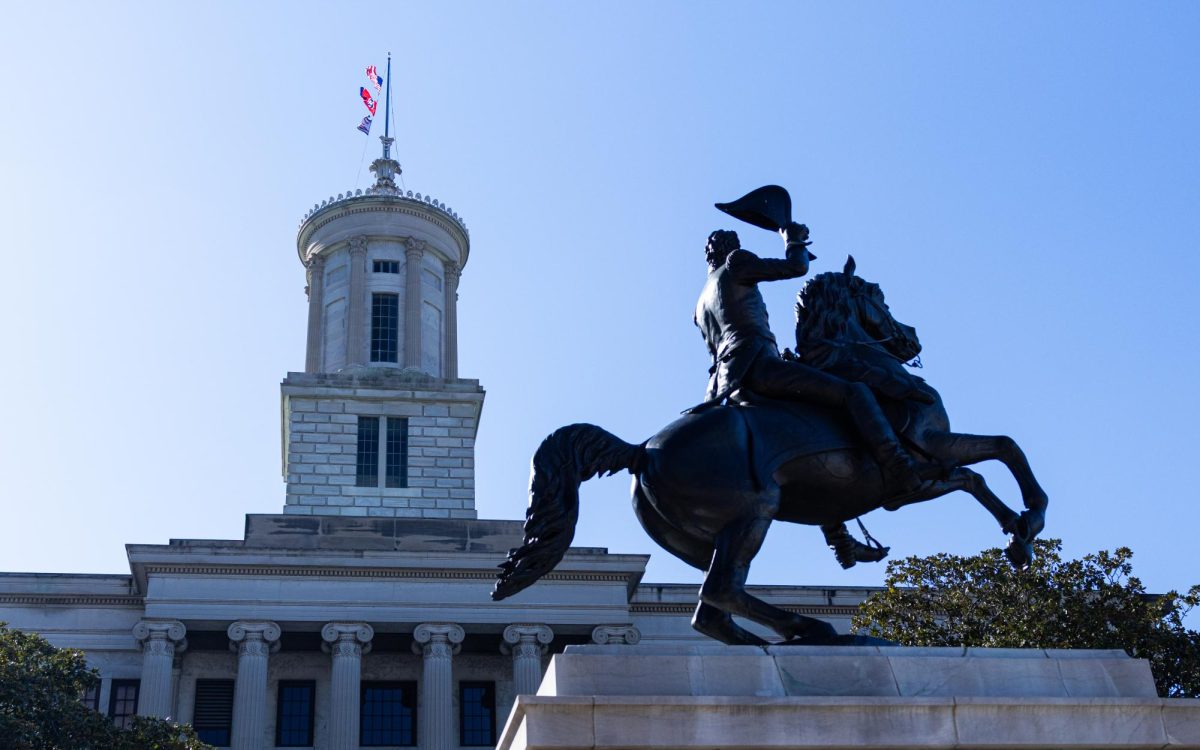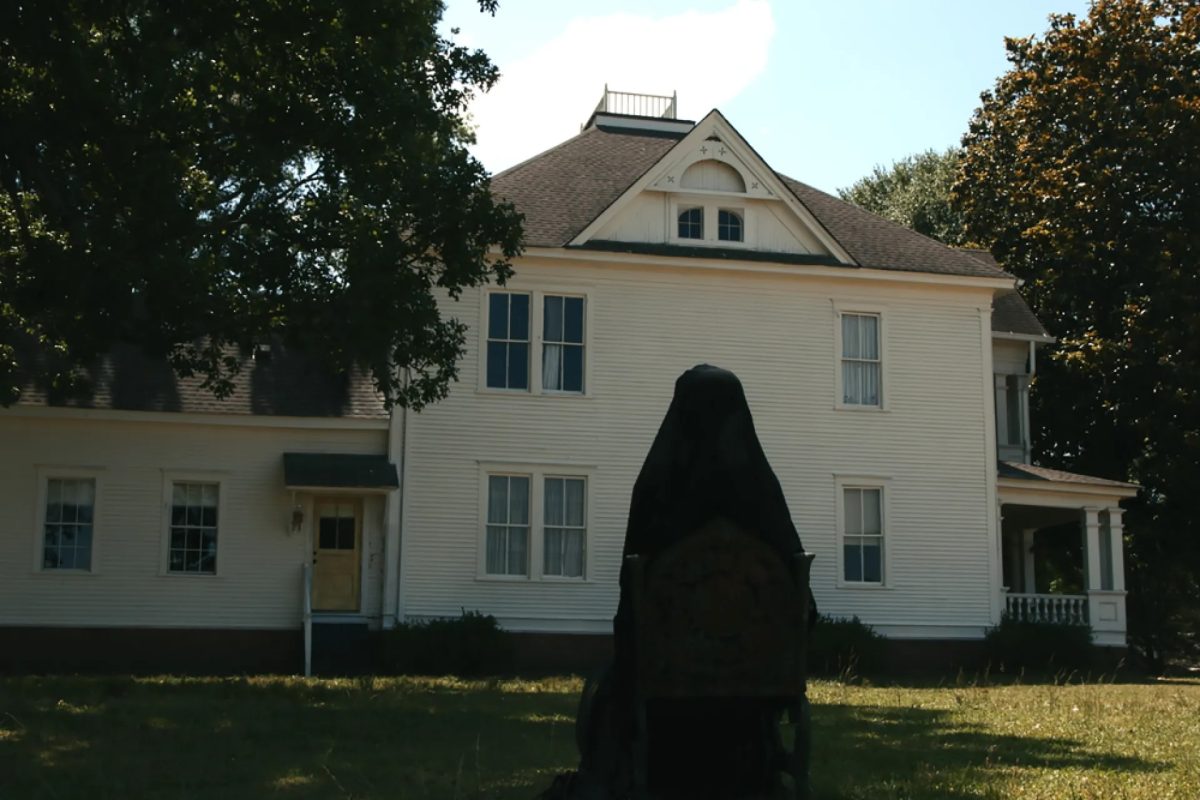How does Native American fashion look? Introducing the subject with an extensive background in textiles, merchandising, and design, Dr. Lauren E. Rudd began Monday’s Lecture Series with several questions focused on the audience’s perception of American Indian dress in her presentation titled Native American Fashion: Indigenous Inspiration or Cultural Appropriation…Think About It.
Antique photos accompanied her discussion, illustrating the design differences within dresses, bags and many other garments created by native tribes. Images of authentic clothing as well as pieces of regalia reserved for spiritual ceremonies proved foreign alongside the distorted and familiar images of the cowboy and Indian. Absorbing the culture on our own terms ignores the need for religious sensibility.
Western films and Halloween costumes have in common a lengthy history of disrespecting cultural significance in order to profit from diluted, false stereotypes. Moreover, disrespectful representations of American Indian clothing and symbols are bias or altogether ignorant of the clothing’s significance. Using the culture ornamentally and appropriating it out of convenience created the misrepresented image of American Indians that most are familiar with.
“Tribal creativity began to serve tourism,” explained Dr. Rudd, “selling clothing out of an economic need to make up for the loss of land.”
European influence in the early 1700’s brought with it pre-woven cloth, beads, and silver ornaments, predictably impacting the tourist industry and clothing tribes would make. The original function and methods of craftsmanship in creating articles of clothing sold are preserved within the tribes creating them. However, just as Native clothing became appropriated to European culture, tribesman and women began wearing European style jackets and dresses to accommodate their neighbors’ sensitivity to clothing deemed lewd.
“We’ve stopped thinking of them as people,” concluded Dr. Rudd, “and started identifying them by their culturally significant objects.” The dress, symbols, and designs within any culture deserve respect and to be used with positive intentions, not to be confused with personal gain. Creatively expressing and misappropriating culture are divisible actions, and necessarily so. Before creating something special, we need to know our history and the implications of using such a unique slice of culture.
The Honors Lecture Series continues next week, with Sara Bell’s Pine Ridge Reservation: The Good, the Bad, and the Beautiful.
For more campus news, follow us on Twitter @sidelines_news, and on Facebook at MTSU Sidelines.
To contact news editor Max Smith email newseditor@mtsusidelines.com.




















Sne2q • Mar 6, 2015 at 11:08 pm
I definitey agree with this article and Dr. Rudd’s lecture. We as people not just Americans have been taking cultural things frm other countries and appropriating thm to our culture for years. We do disregard the significance of the things we take. Whether it’s a religious significance, or just an impportant part of that culture; we always take it and turn it into what we want it to be. I saw a magazine cover a while ago that had a white woman covered in brown paint portraying a woman from Africa. She was dressed in African clothing and everything. I felt as though this was completely disrespectful. Why can’t we just use the people that originally made the item popular or that brought the item to light to portray it or to design it.If we want to reuse things it’s okay. I just feel as though we should give credit where credit is due.